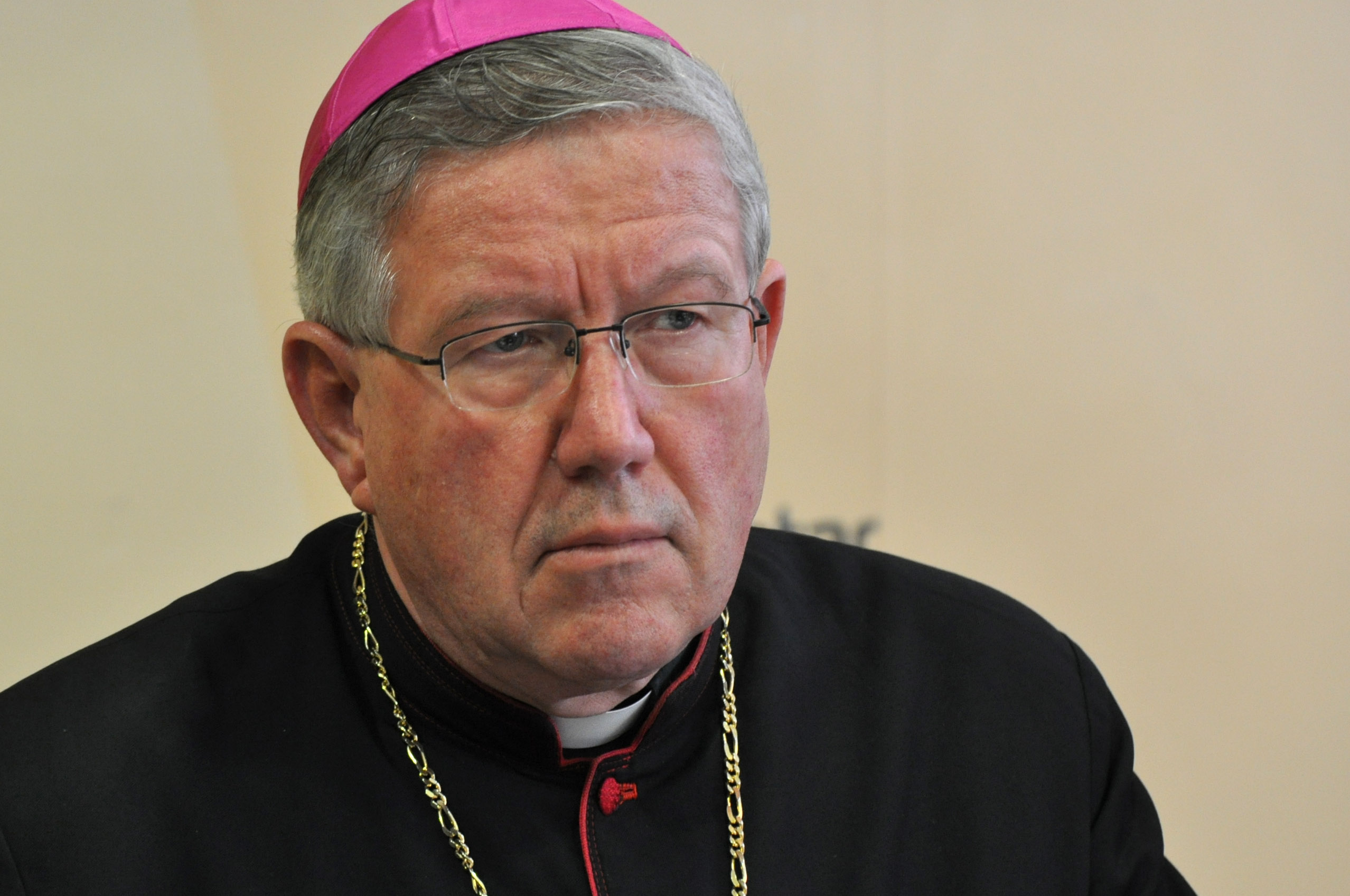SERBIA
The archdiocese represents almost the entire national territory with 40 thousand faithful. Msgr. Hocevar confides in pastoral and spiritual renewal

When the social and cultural contexts change and the Church is met with difficulties in carrying out her mission at her best, there is need for pastoral renewal. It is the belief of the archbishop of Belgrade Msgr. Stanislav Hocevar, who last year established the first Diocesan Synod, scheduled to take place in fall 2016. The coming Saturday, October 24, in the cathedral of the Assumption of the Blessed Virgin Mary in Belgrade, will be celebrated three events: the feast of the co-patron of the archdiocese Saint John of Capistrano (who stood up in the defence of Christians during Belgrade’s battle against the Turks), the fifteenth anniversary of the Episcopal ordination of Msgr. Hocevar and the onset of the preparation period ahead of the Synod. Decreasing numbers of Catholics. “Over the past years the situation of Catholics in our territory has largely changed”, Msgr. Stanislav Hocevar told SIR Europe. Today, the area of the archdiocese includes almost all of Serbia apart from the autonomous region of Vojvodina (where live the majority of Catholics divided into three dioceses), and it involves 40thousand faithful. The majority of parishes were erected between the First and Second World Wars. “It marked the flourishing of the Catholic Church in the area with large numbers of faithful – said the archbishop of Belgrade – Croatians, Germans, Hungarians who build churches, chapels, structures”. After World War II and the establishment of Tito’s totalitarian regime, Catholics of foreign backgrounds left Yugoslavia. “However, those nationals from Federation countries – Croatians and Slovenians – stayed on”, the prelate said. “After the dissolution of Yugoslavia and the various wars that ensued, the number of faithful further decreased”. Two Holy Doors. “After the previous year, dedicated to prayer and reflection on message of the Holy Spirit to the Catholic Church of Belgrade, now a period of preparation in parishes will ensue”, Hocevar made known. From the beginning of Advent, new parish pastoral councils will be set up along with economic parish councils, a novelty for Belgrade. The Secretariat of the Synod has already been formed along with the various commissions. Moreover, for the Year of Mercy, according to a pre-established agenda, “each parish will go on pilgrimage after Easter to one of the two churches with the Holy Door”, these are: the Christ the King parish church in Belgrade and the church of Exaltation of the Holy Cross in Nis. “We intend to involve our faithful and ensure their participation in parish life so as not to overburden the parish priest”, said Msgr. Hocevar. He added: “The Church needs the contribution of the laity and needs to hear their voices”. Structures, liturgy.in the Archdiocese of Belgrade there are 16 parishes, six of which are located in the capital. “In some places, such as Ravna Reka, there is a structure, but three Catholics remained – the archbishop said -, while in other places there are the faithful but the structures are missing, like in Paracin and neighbouring areas, as well as in Pirot, where a large industrial area was created”. In the same city of Belgrade all six parishes are at the centre of town, while the urban area is developing rapidly the suburbs are very large and thus venues for prayer are missing. The Synod, that will be titled “Ecclesia – famiglia Dei” (The Church – Family of God), will discuss also the problem of the liturgical language. Until now the only language used was Croatian. “We need to address these new situations and jointly identify appropriate answers – the prelate said – so our Church may grow and bear witness in communion with her different members and her Orthodox brother”. Intense activity. Preparation for the diocesan Synod will provide the faithful with the opportunity of extending their knowledge of various key documents of the Second Vatican Council. “We feel the lack of vocations to female religious life”, added Msgr. Hocevar. The Focolari Movement and the neo-Catechumenal Way are also active. “The Catholic media centre takes care of the publication of the religious monthly “Blagovest”. “I appreciate the ecumenical work – said the archbishop of Belgrade – we have very good relations with patriarch Irinej who is a frequent guest of our cathedral. This year we organized an important international ecumenical symposium with the participation of Cardinal Kurt Koch from the Pontifical Council for Christian Unity”.